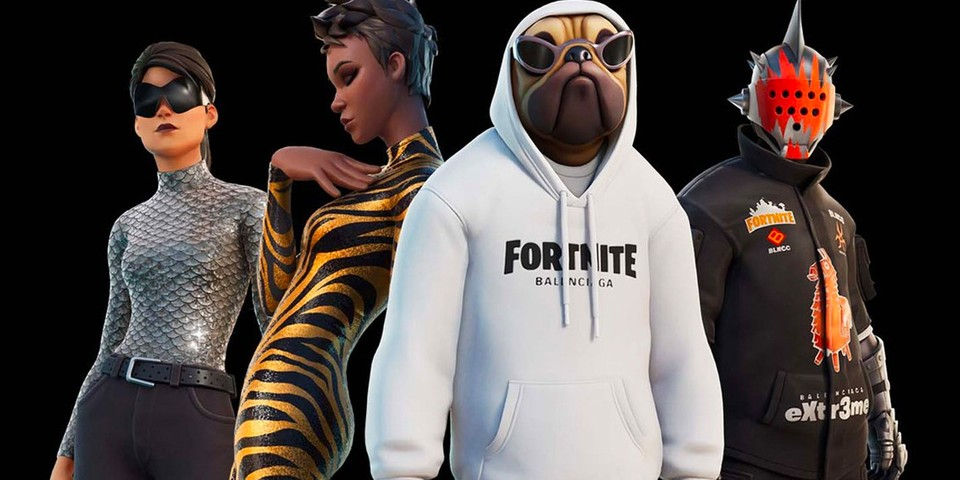Exploitative Marketing in Mobile Games
- susmita22
- Oct 12, 2021
- 3 min read
As part of the discussion on modern marketing, we have explored the topics of viral marketing and the importance of influencers in promoting a product. In this post, we will dive into a niche area of marketing, but one that has major implications for marketing in general. With the coronavirus pandemic, there has been a surge in online gaming and the video game industry has seen record-breaking sales. As has been the case with nearly every societal trend, the coronavirus has caused one facet of gaming revenue to explode. The particular trend I am referencing is best displayed by the following graphic:

Currently, mobile games earn more money than all other categories of video games combined and are only predicted to keep growing. This statistic becomes even more notable given the fact that most mobile games are free-to-play. So the question arises, just how are these free games earning over 85 Billion dollars per year. These mobile games have perfected a disturbing trend taking over product development and marketing. They are increasingly willing to exploit human psychology to create an addictive experience which users are willing to pay for. While the game itself is free to download and play, developers have included in-game items that are available to purchase which are advertised with many predatory tactics. These exploitations, unfortunately, have proven to be successful. CNBC reports that the “average spend for iPhone users on "Game of War—Fire Age" was $398.” For context, the free-to-play mobile game has already had millions of downloads and continues to retain that average spending amount per user.
These types of games have found two major aspects of human psychology to exploit. The first is our propensity to use games as a social gathering place. This particular exploitation is best shown in a recent marketing campaign by the popular game Fortnite. The game recently partnered with the designer clothing brand Balenciaga to create in-game skins (a portrayal of the in-game character) that wear Balenciaga branded clothing. Just like clothing brands exploit the social need to brag, games exploit the same need through in-game skins. By making skins for purchase, users find themselves paying to wear brands and appear differently in the game.

The second major exploitation is our addiction to gambling and chance-based mechanics. This is a particularly alarming phenomenon given that children are easily susceptible to gambling and are often able to do so without supervision on online games. This exploitation presents itself in the form of loot boxes. Users spend in-game currency (which can be obtained by real dollar purchases) in order to receive items from a randomized loot box. This scheme is essentially a form of gambling where money is exchanged for a chance game with potential rewards. The loot boxes exploit the sunk cost fallacy, the notion that after spending some amount of money, time, or effort, we are willing to pay more for something since we are already invested. As such, after buying one loot box and not receiving the desired item, users are very willing to keep spending more until the desired item is received.
These forms of exploitations, while incredibly prevalent in mobile games have begun to break through to the general marketplace. Physical loot boxes are becoming more and more common especially in the scene of designer items. Consumers are paying small amounts for a random chance of winning a handful of designer items. These forms of marketing exploit base on human natures and should be limited in their usage or we risk creating a dangerous marketplace that exploits consumers.























Comments